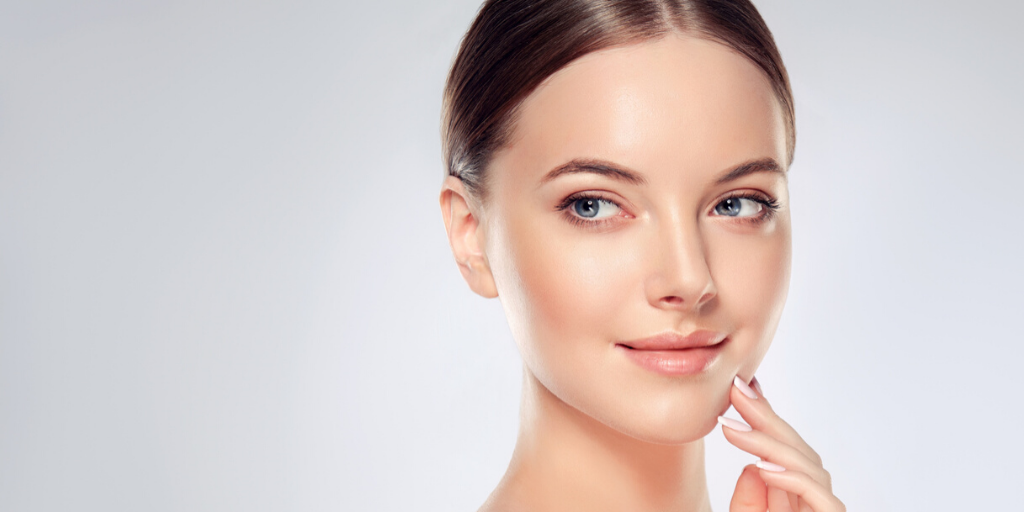
Dealing with Post Acne Scars
There are many varieties of acne, as well as the reasons for their appearance, but one thing unites them: inflammation rarely disappears without a trace. And getting rid of their consequences – dark marks on the skin – can be more difficult than dealing with the rashes themselves. These dark spots, called post-acne, are a “side effect” of the body’s defensive reaction to the inflammatory process.
Symptoms, types, causes and course
Unlike scars, acne scars do not imply a violation of the skin’s relief and appear only as a change in colour, ranging from light pink to red or purple or brown.
Pink, red and purple spots are caused by vascular damage and are called post-inflammatory erythema ( PIE ), and the cause of the appearance of brown traces of varying degrees of saturation (post-inflammatory hyperpigmentation – PVHP ) is a violation of melanin production. It is believed that PVE is more common in people with fair skin, and PVHP is more common among those with swarthy and dark skin. These two types of post-acne can occur at the same time.
Almost everyone who suffers from acne is faced with post-acne, regardless of frequency and extent – large inflammatory elements, of course, lead to more intense and persistent pigmentation, but dark spots may well occur in place of relatively small and inconspicuous pimples. The habit of squeezing acne also leads to the appearance of noticeable, stagnant marks: each attempt to release the contents of the inflamed tubercle leads to the destruction of more vessels and/or provokes a new defensive reaction and, as a result, a new “dose” of melanin.
In most cases, post-acne disappears on its own over time. But the key phrase here is “overtime”: depending on the intensity of pigmentation, the extent of the tissues affected and the characteristics of the skin, this process can take from several weeks to several years. Luckily, it can be sped up with the right care.
Precautions to take
Before you start fighting post-acne, you need to remember a few rules:
- The care system should not contain products that injure the skin: harsh scrubs, soaps, and alcohol-based products.
- It is recommended to use products aimed at getting rid of post-acne in the evening care system – often their active components are destroyed by the sun or increase the photosensitivity of the skin.
- You need to take responsibility for protecting your skin from the sun. Using high SPF products is a must.
- No need to try to squeeze out acne – this is likely to exacerbate the problem.
- When introducing new products into the care system, it is important to closely monitor the condition of the skin: the active ingredients in the composition of cosmetics used to combat acne and its consequences can irritate. In such a case, use should be stopped immediately.
